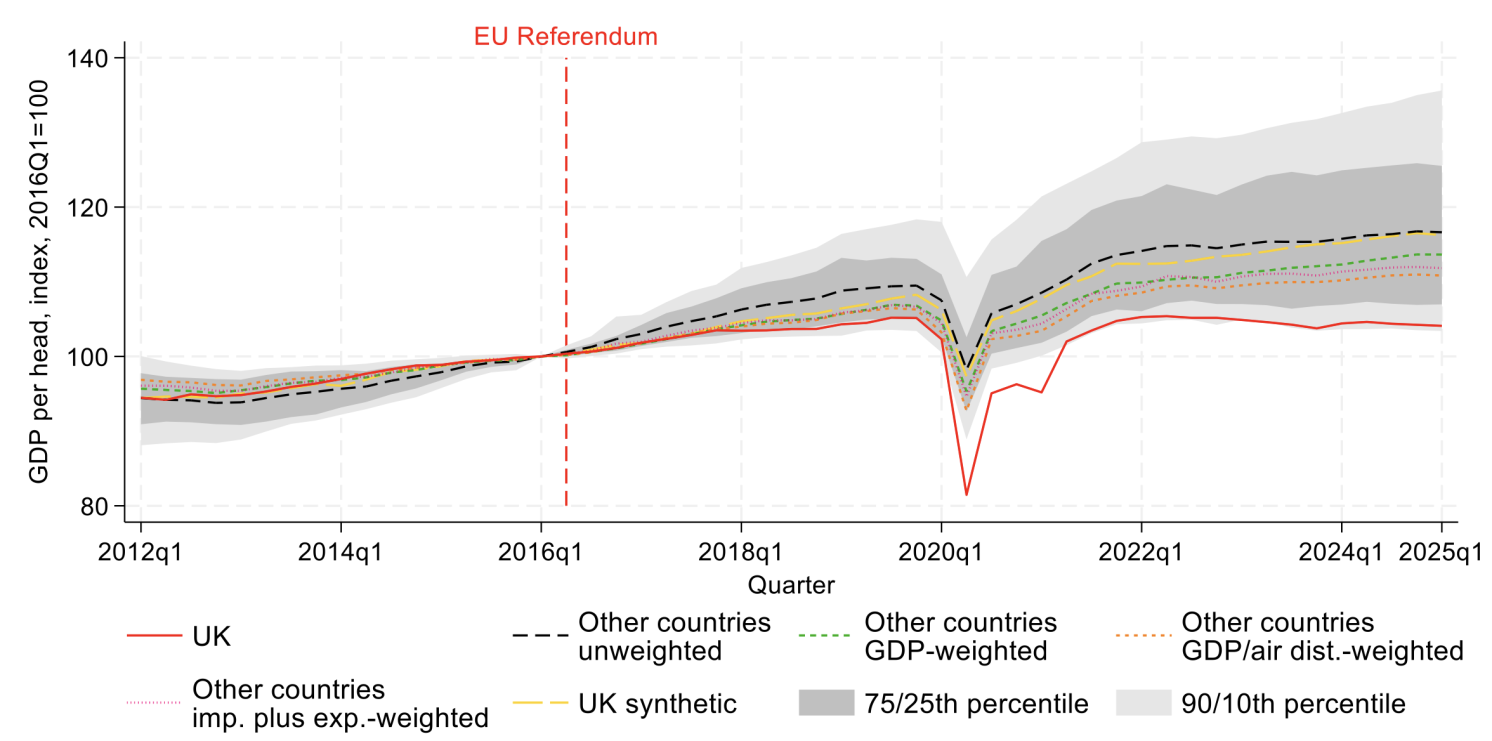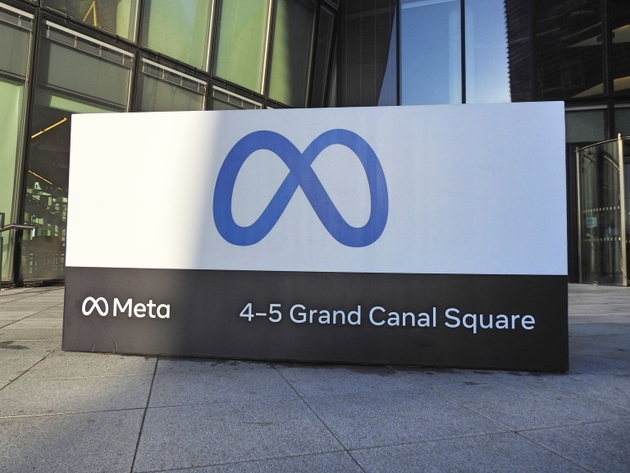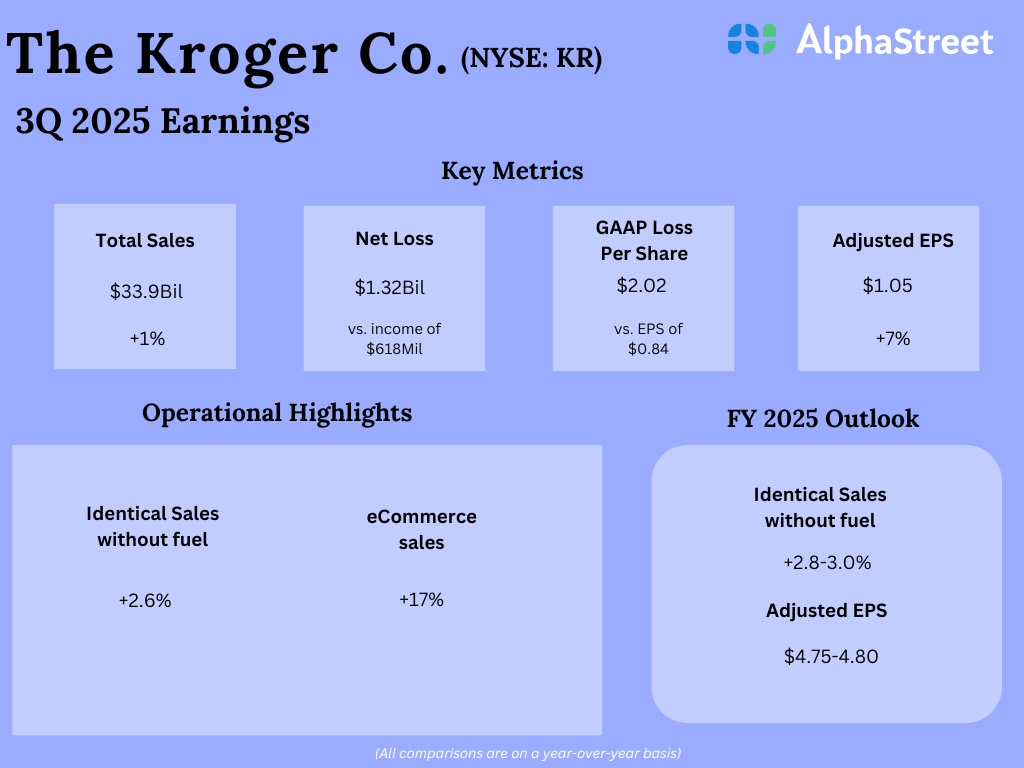A great retirement plan service provider can transform your practice. They can help you strengthen client relationships and focus on growing your business. With the right partner, you can make retirement planning a seamless and rewarding experience for everyone involved.
However, some providers just don’t live up to expectations. If you and your clients are dealing with tedious administrative work, impersonal customer service, or limited investment options, it may be time to consider switching providers.
In this article, we’ll guide you through the key factors to weigh when choosing to partner with a new 401(k) plan provider. We’ll also discuss certain capabilities that can streamline the 401(k) plan conversion process for your clients. Let’s dive in.
Key Factors to Consider When Switching Providers
1. Does the provider handle the day-to-day work?
If the 401(k) plan provider you’re considering doesn’t handle day-to-day operations, your clients could find themselves buried under a mountain of administrative tasks. And these tasks are not trivial—they’re essential for ensuring that the plan runs smoothly and stays compliant with regulations.
A 3(16) fiduciary can manage the day-to-day administrative work of a 401(k) plan. If you’re looking for a bundled solution, by choosing a provider that offers 3(16) fiduciary services, you can not only lighten the administrative load for your client but also help minimize the risk of compliance missteps and help the plan run more efficiently.
2. Can your clients get the customer support they need?
You and your clients shouldn’t constantly be receiving emails from a round-robin service team.
A top-tier provider will take care of your clients’ needs so that you can remain focused on your core business. Having quality customer support means that you don’t have to be the go-between for your clients and the provider. Instead, you can trust that your clients are receiving immediate and expert assistance when they need it.
In addition to service for your clients, look for a provider that provides dedicated support for advisors, too. Advisors that partner with Vestwell each have a 1:1 touchpoint on our Client Success team to help ensure they’re getting the direct support they need to better serve their clients.
3. Are there flexible investment options?
When considering a switch, make sure you review the investment options available. Keep in mind that if a recordkeeper has proprietary funds, that could potentially pose a conflict of interest. Whether you’re interested in an off-the-shelf offering or you want to hand-pick investments or asset allocation models for your client, make sure the provider you choose to partner with gives you the flexibility to build the fund line-up that’s right for you and your clients.
4. Are the right payroll integrations available for your clients?
For many advisors and their clients, the ease of managing a retirement plan is paramount. Finding a provider that supports payroll integration can simplify plan administration. By directly linking the payroll system to the retirement plan, contributions can be automated.
Payroll integrations don’t just mean less manual work; they can also mean fewer errors. When payroll changes—whether it’s due to salary adjustments, bonuses, or new hires—the contributions adjust automatically. This minimizes the risk of discrepancies and over or under-contributions. This approach leads to a more streamlined, efficient, and error-free retirement plan management experience for both you and your clients.
5. Is the pricing straightforward and transparent?
Your clients deserve to know exactly what they’re paying for and why. If there are hidden fees or the provider is charging premiums without delivering equally high-quality services, it may be time to consider a switch.
When evaluating potential providers, take a close look at their pricing model. Is it easy to understand? Are there any hidden fees or costs that might surprise your clients down the road? Remember, clear, upfront, and transparent pricing can save you and your clients potential headaches in the future.
Conclusion – Simplify the Switch
Switching your 401(k) plan provider can yield significant benefits. These include more efficient plan administration, improved customer support, and more flexibility for you and your clients. A successful conversion can be a strategic move that sets your clients and your practice up for success.
The views and opinions expressed herein are the views and opinions of the author and do not necessarily reflect those of Nasdaq, Inc.







































